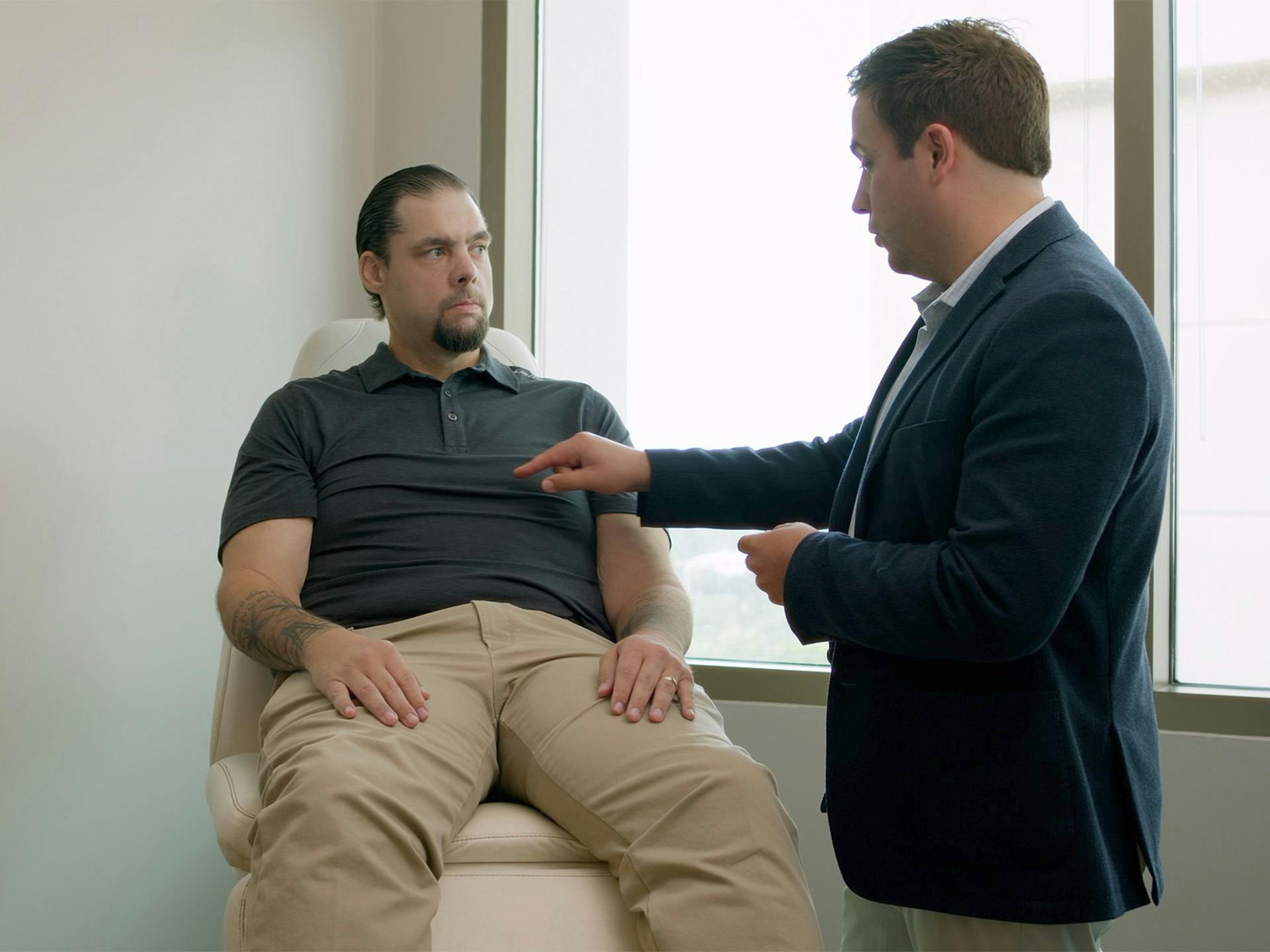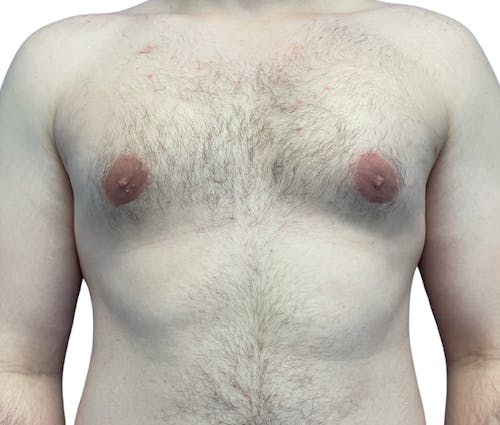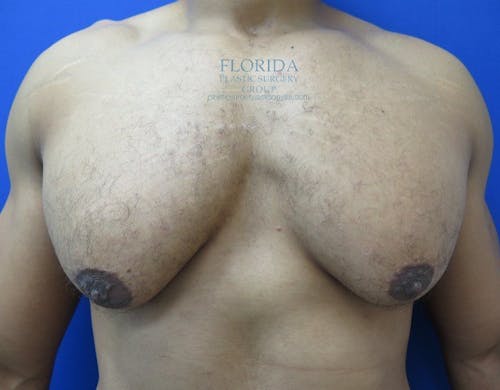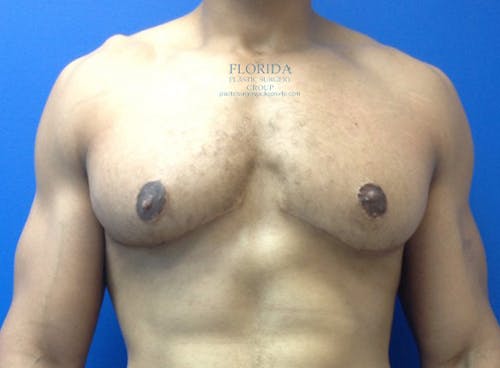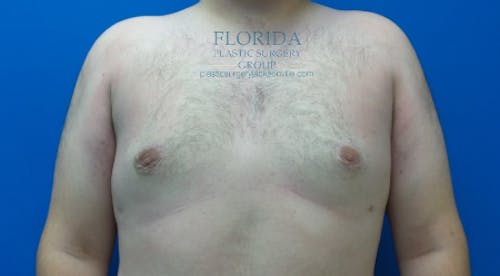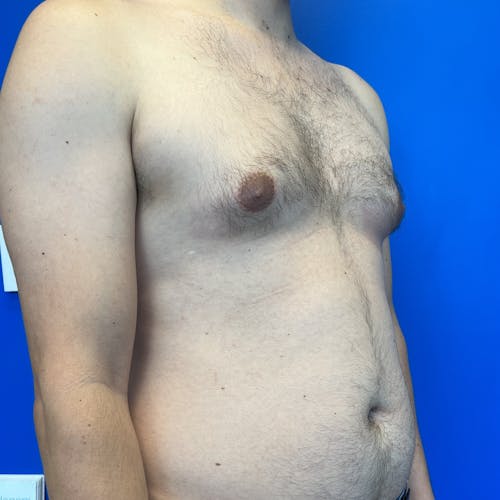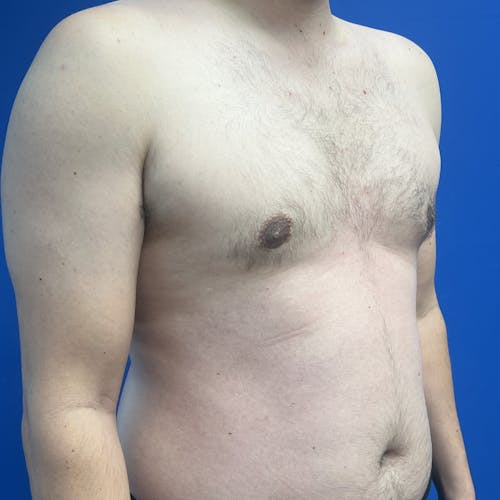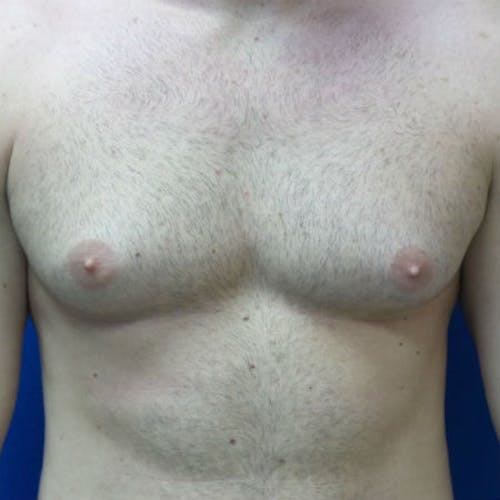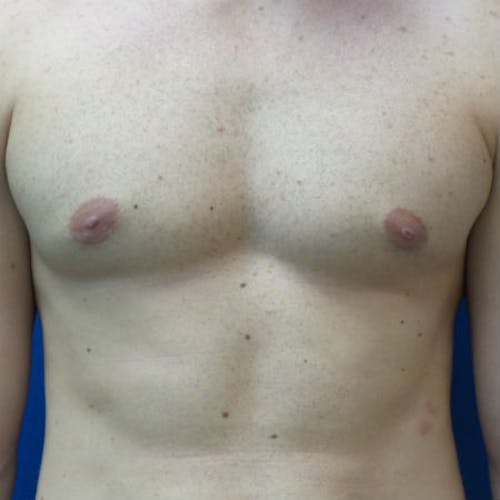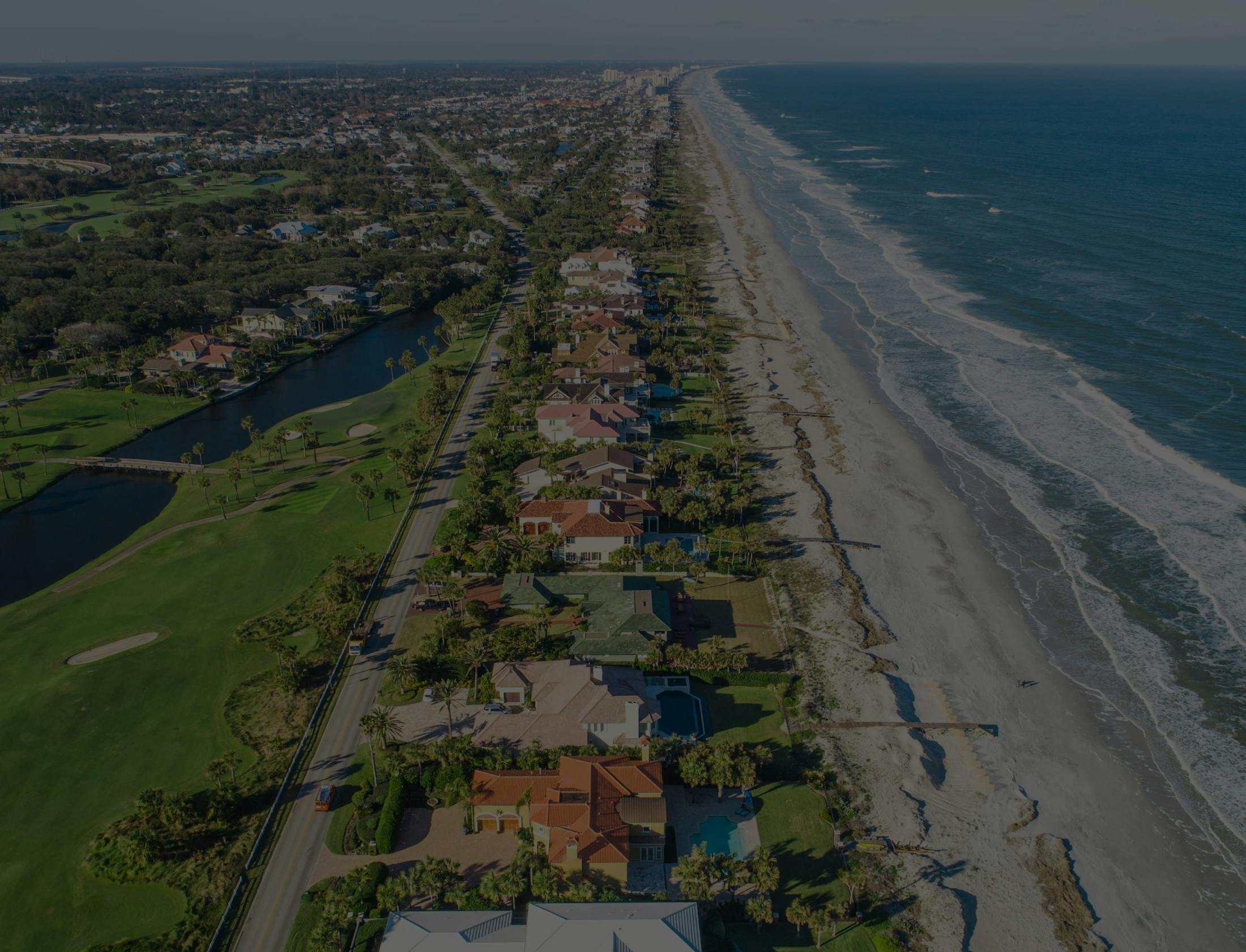It is not uncommon for men to be affected by an accumulation of excess fat or glandular tissue in the breasts, which can result in an enlarged appearance
The team at Florida Plastic Surgery Group is here for you.
Florida Plastic Surgery Group is led by five doctors who are all leaders in the field and committed to providing exceptional results. As an affiliate of North Florida Surgeons, we were founded in 2009 and have helped thousands of patients since we opened our doors. Our knowledgeable staff is always friendly and ready to help from the moment you call our office. Get started on your aesthetic or reconstructive journey with us today.

